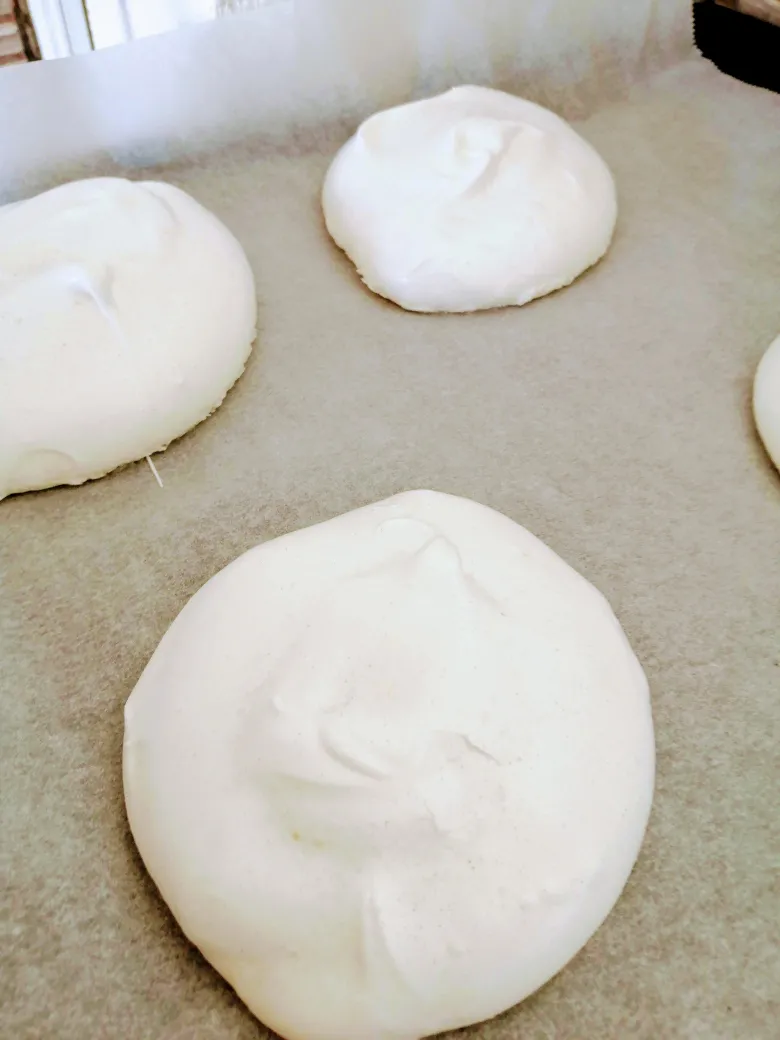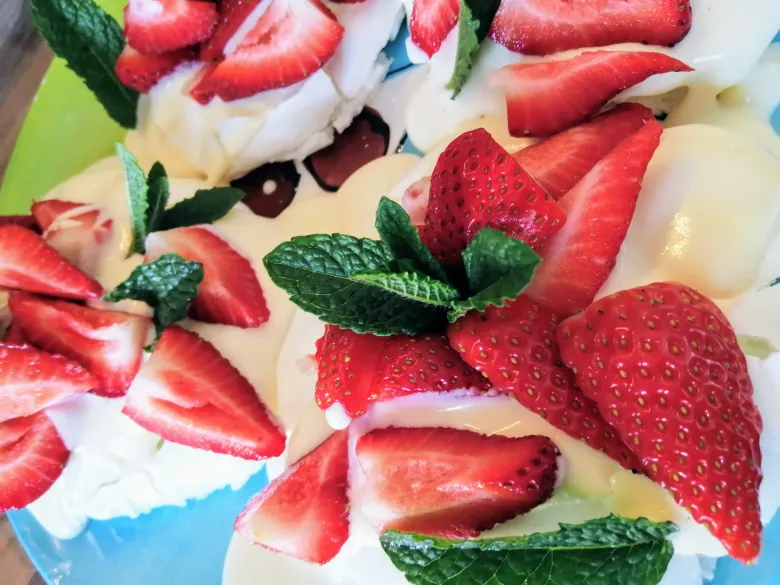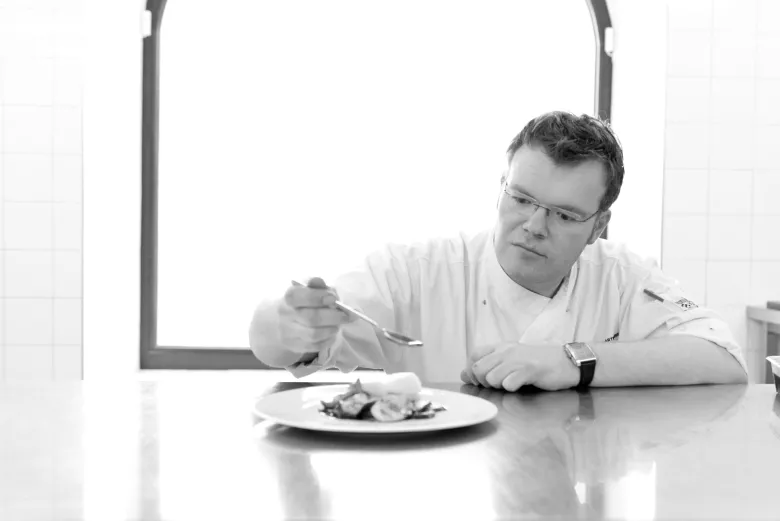Do try Ralph’s recipe for pavlova! This dessert from New Zealand is open for endless variations.
Pavlova is a pastry that originated in New Zealand in 1920’s to celebrate the visit of the Russian ballet dancer Anna Pavlova. In those days many dishes were named after famous people, like Tompouce (a famous circus performer), Carpaccio (a 14th century painter), Beef Wellington (the duke of Wellington). Of the Dutch royals, Queen Wilhelmina and Queen Juliana have dishes named after them.
Many of those dishes were forgotten over time, but pavlova remained a classic. This is probably due to it’s versatility and ease to prepare.

"A pavlova is versatile and ease to prepare."
We are going to make our pavlova with crème Suisse and fresh strawberries. You can use any kind of fruit you like (blackberries, raspberries, mango, rhubarb) but you can also use different ingredients like coffee, biscuits, liqueur or candy. You can also choose different kinds of cream: crème Suisse, pastry cream, whipped cream, mascarpone…. whatever takes your fancy!
Strawberries as we know them are not really Dutch, or even European. We still have wild strawberries, but they are very different from the strawberries we buy in the market. All strawberries we know are of American descent.
There are about 200 species of strawberry, which have a wide variety in flavour. Most strawberries in the market are either Elsantas or Sonatas, mainly because they are sturdy and easy to transport. Try and ask your greengrocer for Lambada, Gariguette or Kennedy strawberries; they are a real treat, and only marginally more expensive!
Strawberry pavlova
for 4 - 6 pavlovas
- 3 egg whites (keep the egg yolks for later)
- 150 g sugar
- 5 ml lemon juice
- 15 g corn starch
Crème Suisse
- 3 egg yolks
- 75 g sugar
- 35 g flower
- 350 ml milk
- 1/2 vanilla pod, or vanilla extract, or substitute a bit of the sugar with vanilla sugar
- 200 ml whipping cream

"Try and ask your greengrocer for Lambada, Gariguette or Kennedy strawberries; they are a real treat, and only marginally more expensive!"
Making the pavlova
- Beat the egg whites stiff in a very clean bowl. This is easiest with a hand mixer.
- When the egg whites firm up, add the sugar bit by bit.
- When the egg whites are pretty stiff, add the corn starch and lemon juice. Mix.
- Divide the egg whites into 4 to 6 dollops on an oven tray with parchment paper.
- This will need some time in the oven! Don’t use convection, but use top and bottom heat, at about 100 C (212 F). They will take about 90 to 120 minutes to cook.
Making crème Suisse
- We start by making pastry cream; mix the egg yolks, sugar and flower with a little bit of the milk.
- Put the rest of the milk on the heat, together with the vanilla. Heat it, but don’t let it come to the boil.
- Mix the hot milk with the egg yolks, return it to the pan. Careful, this mixture burns easily!
- Keep stirring while you bring it to the boil. Keep it at a gentle boil for about 2 minutes. Pour it on a plate and cover it with a piece of cling film to prevent a skin from forming.
- When the pastry cream has cooled, whip the whipping cream without any sugar to soft peaks. Use your whisk to loosen up the pastry cream. Fold the whipping cream into the pastry cream. This is crème Suisse.
- Hit the pavlova on the head to create space for the filling. Scoop a generous dollop of crème Suisse in the pavlova and garnish with the fruit. Bon appetit!

Ralph Dahlhaus is executive chef at the National Maritime Museum. These recipes allow you to follow the “Dutch Cuisine” principles: tasty, sustainable, varied, honest and seasonal.